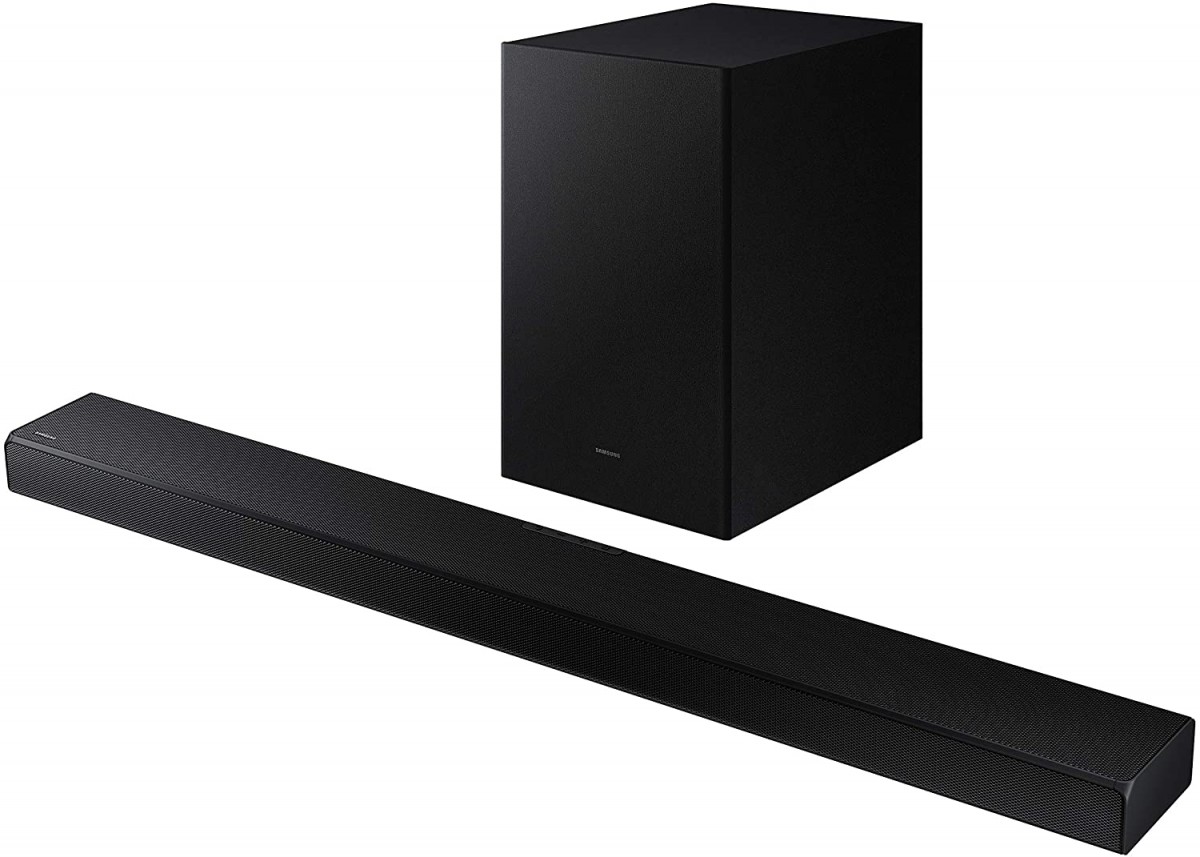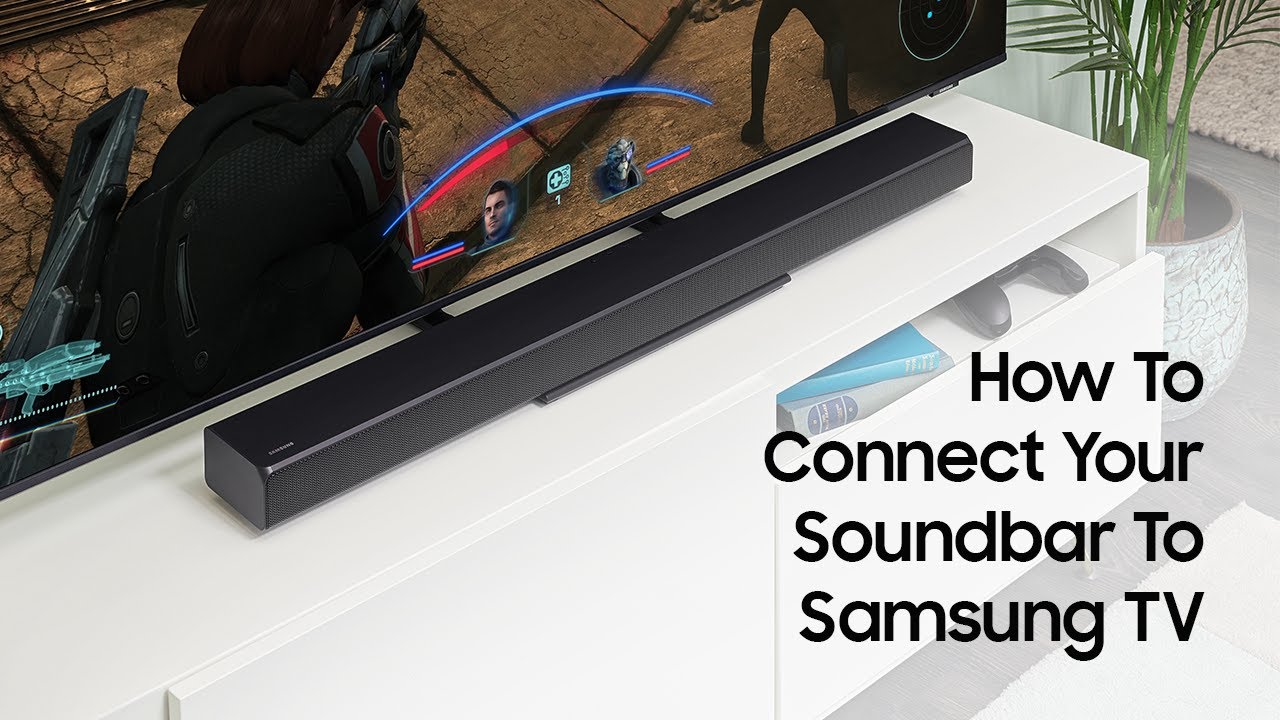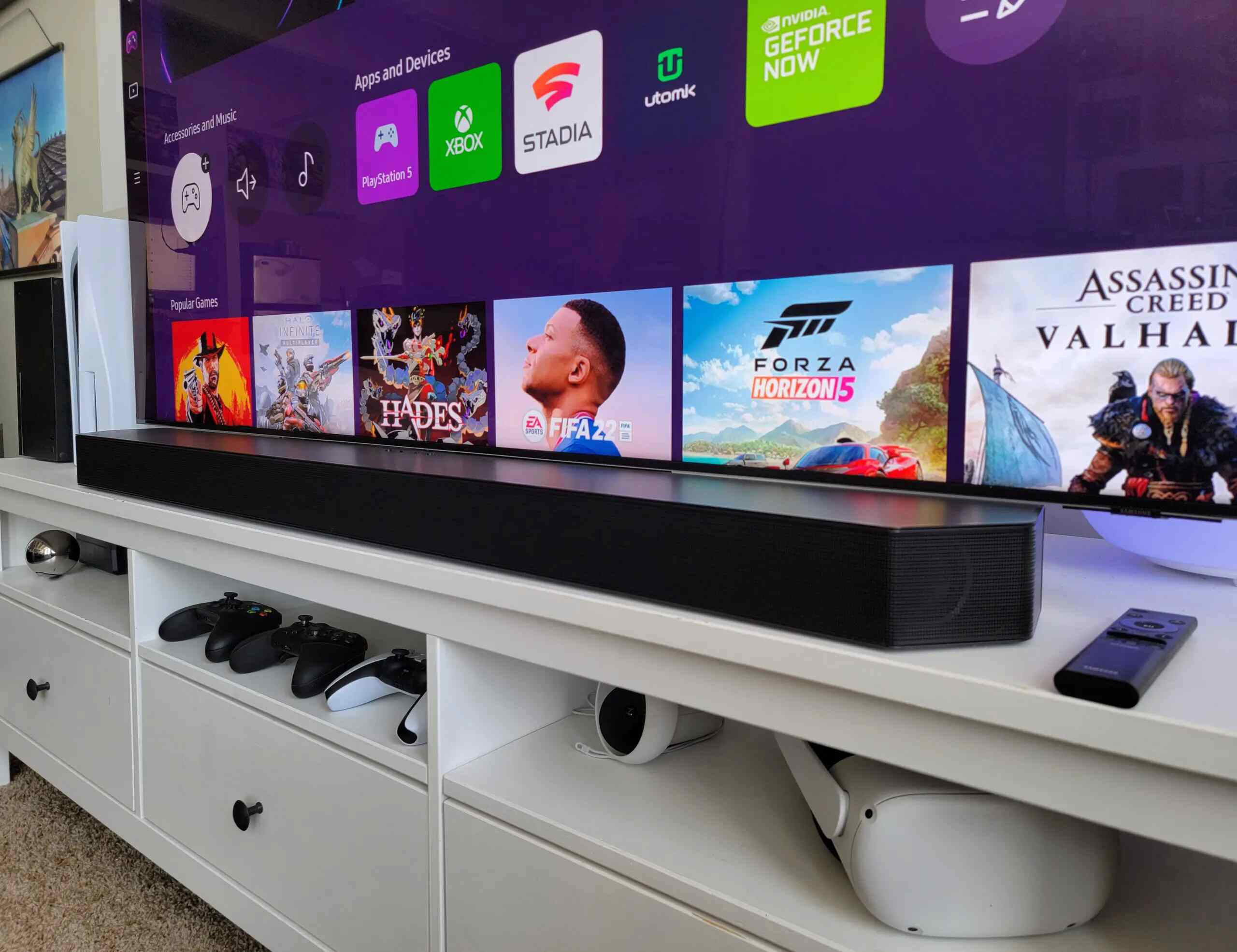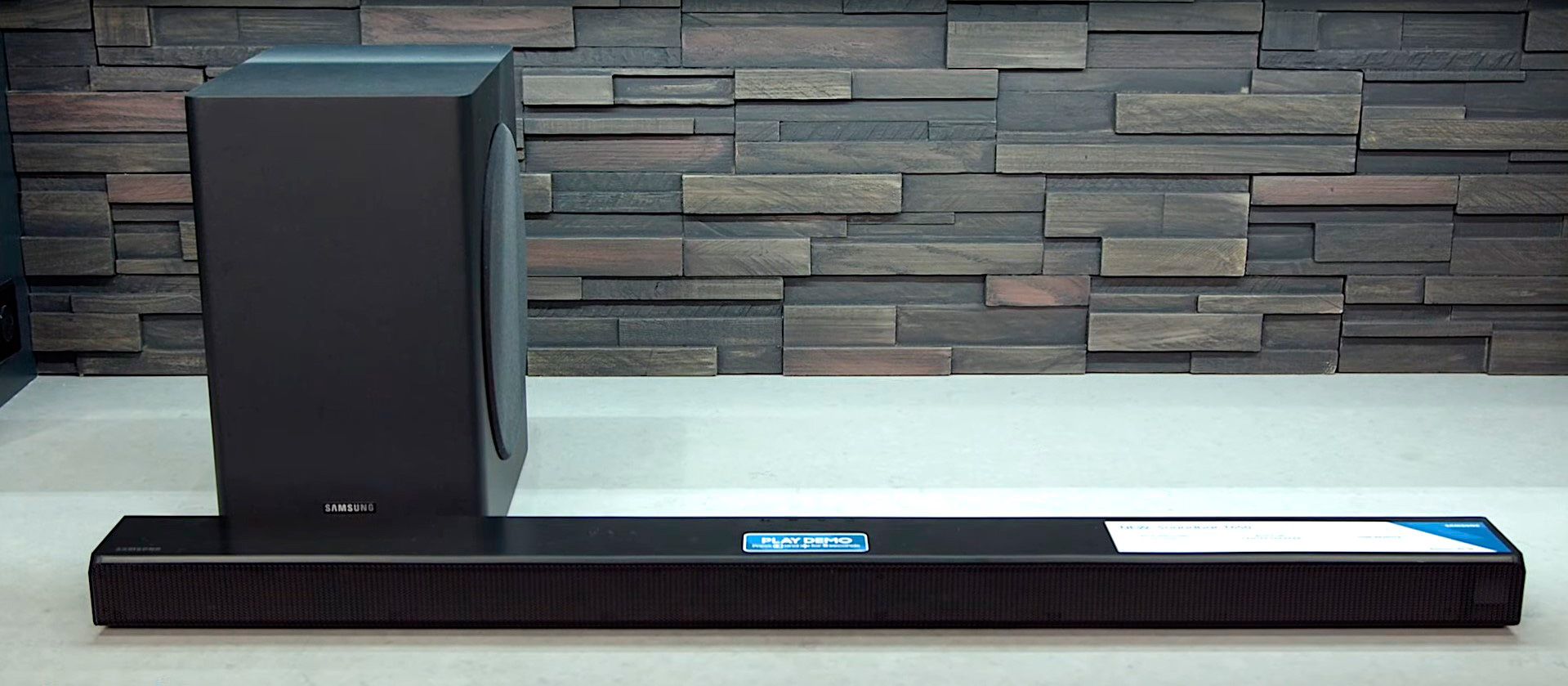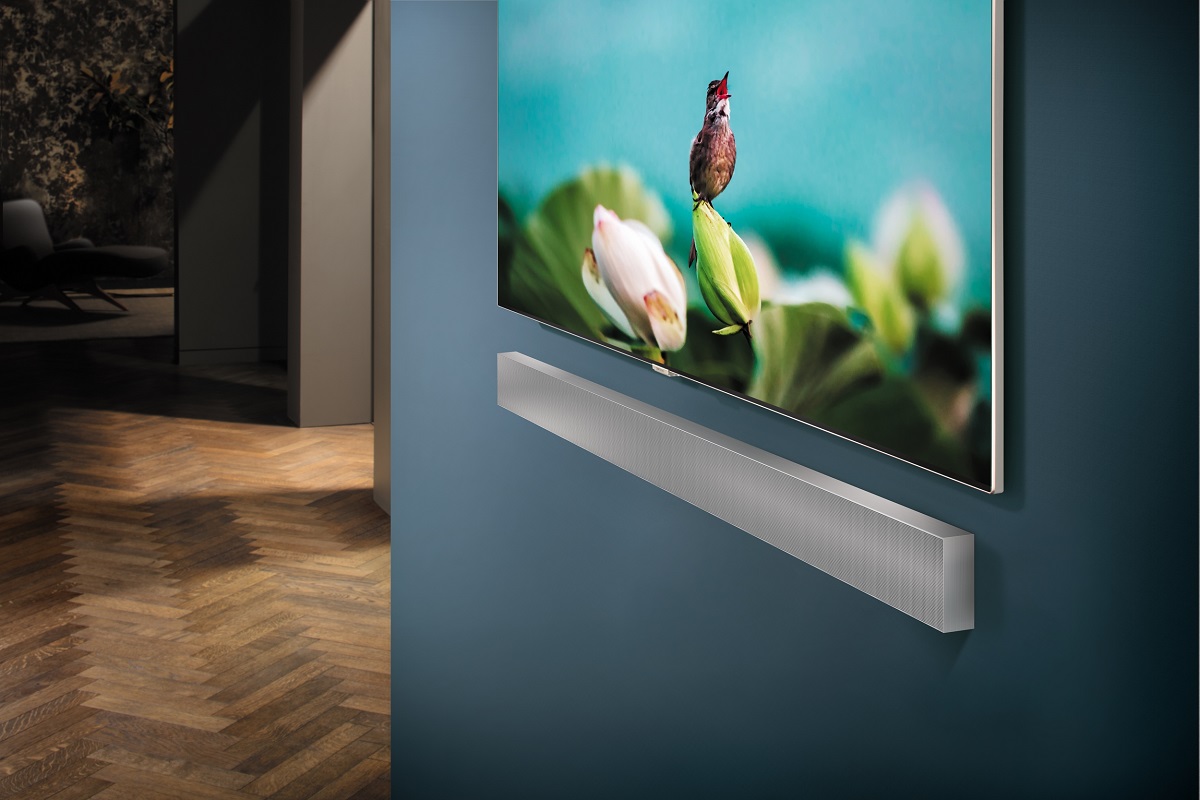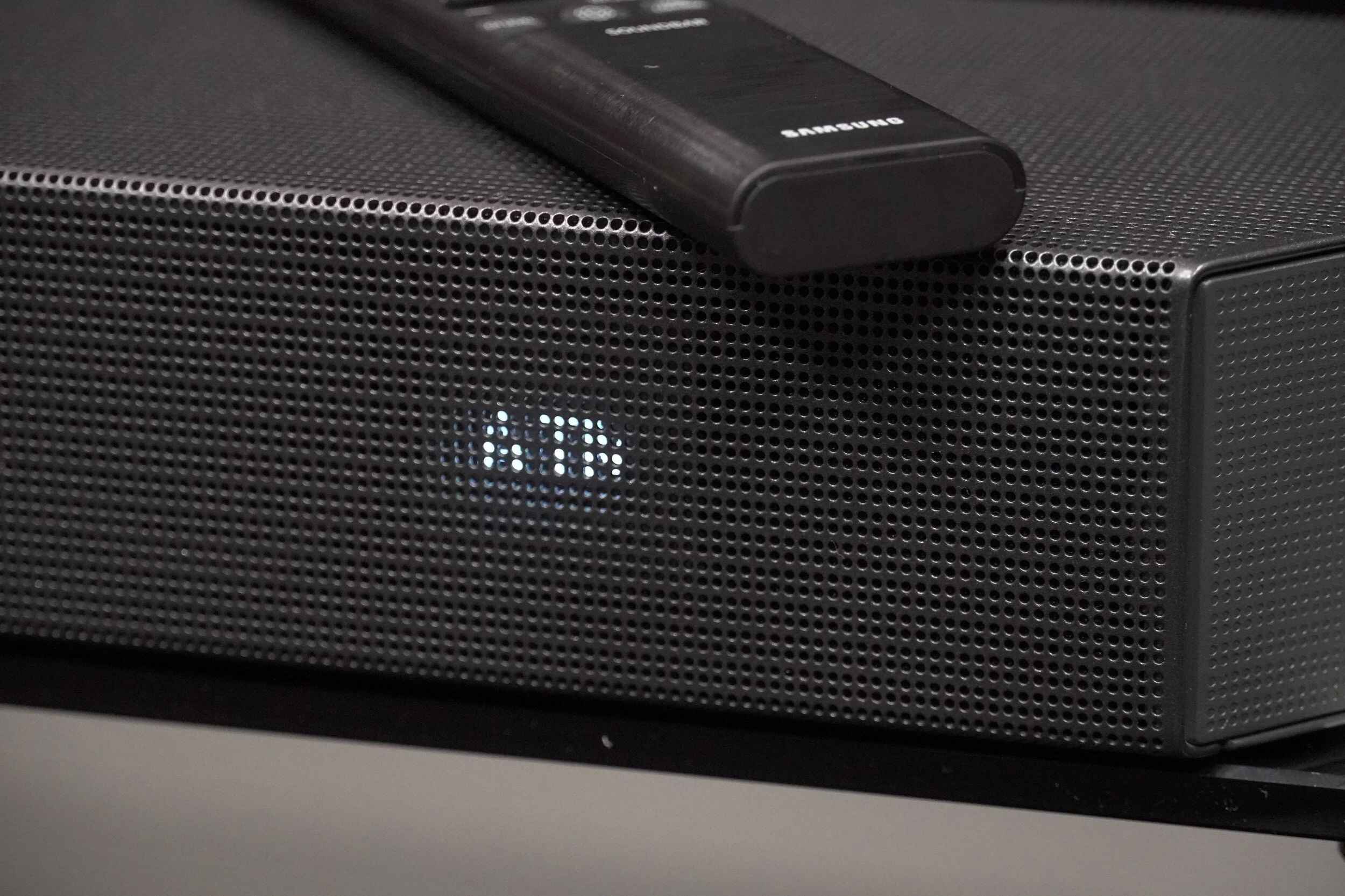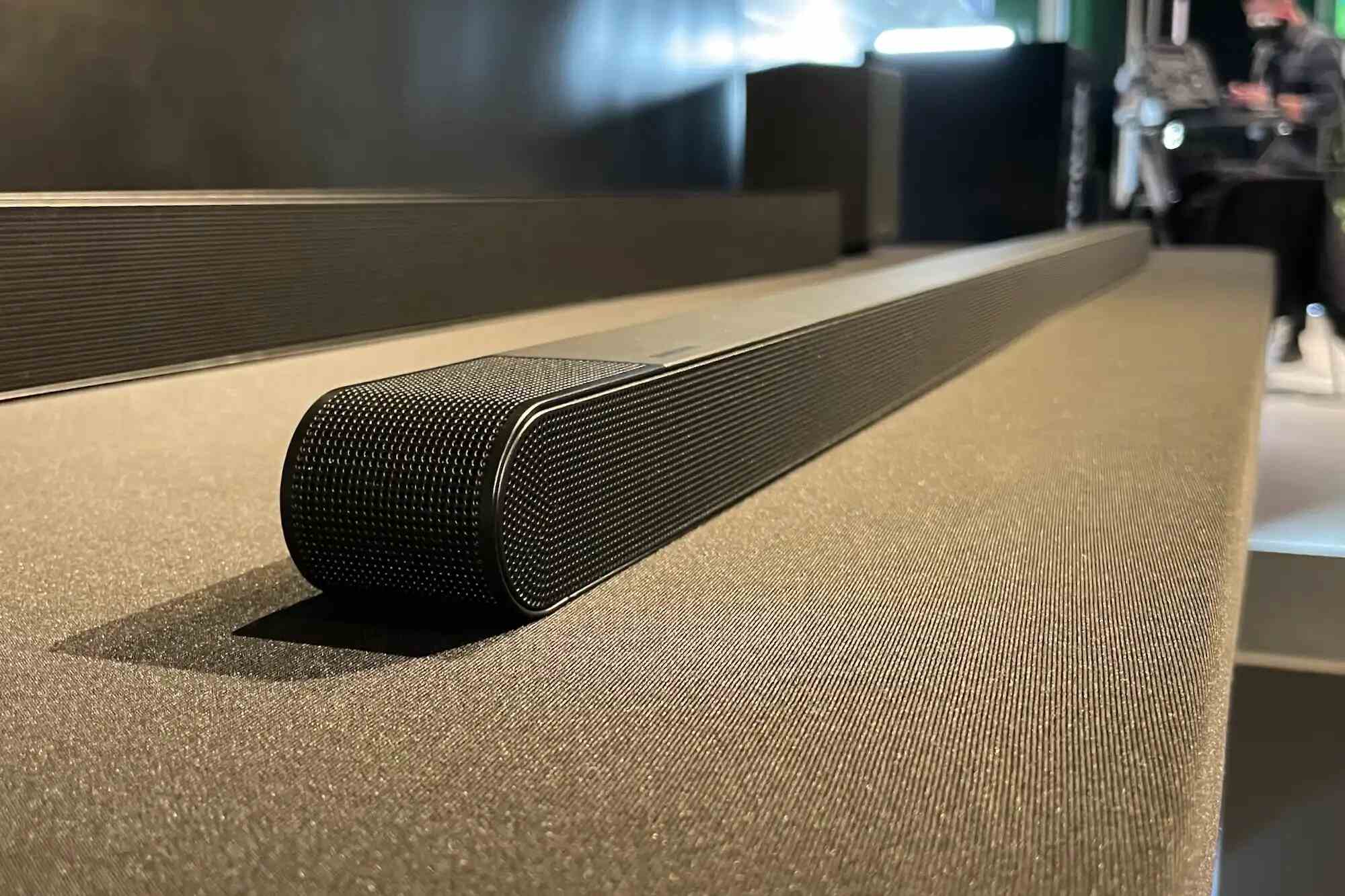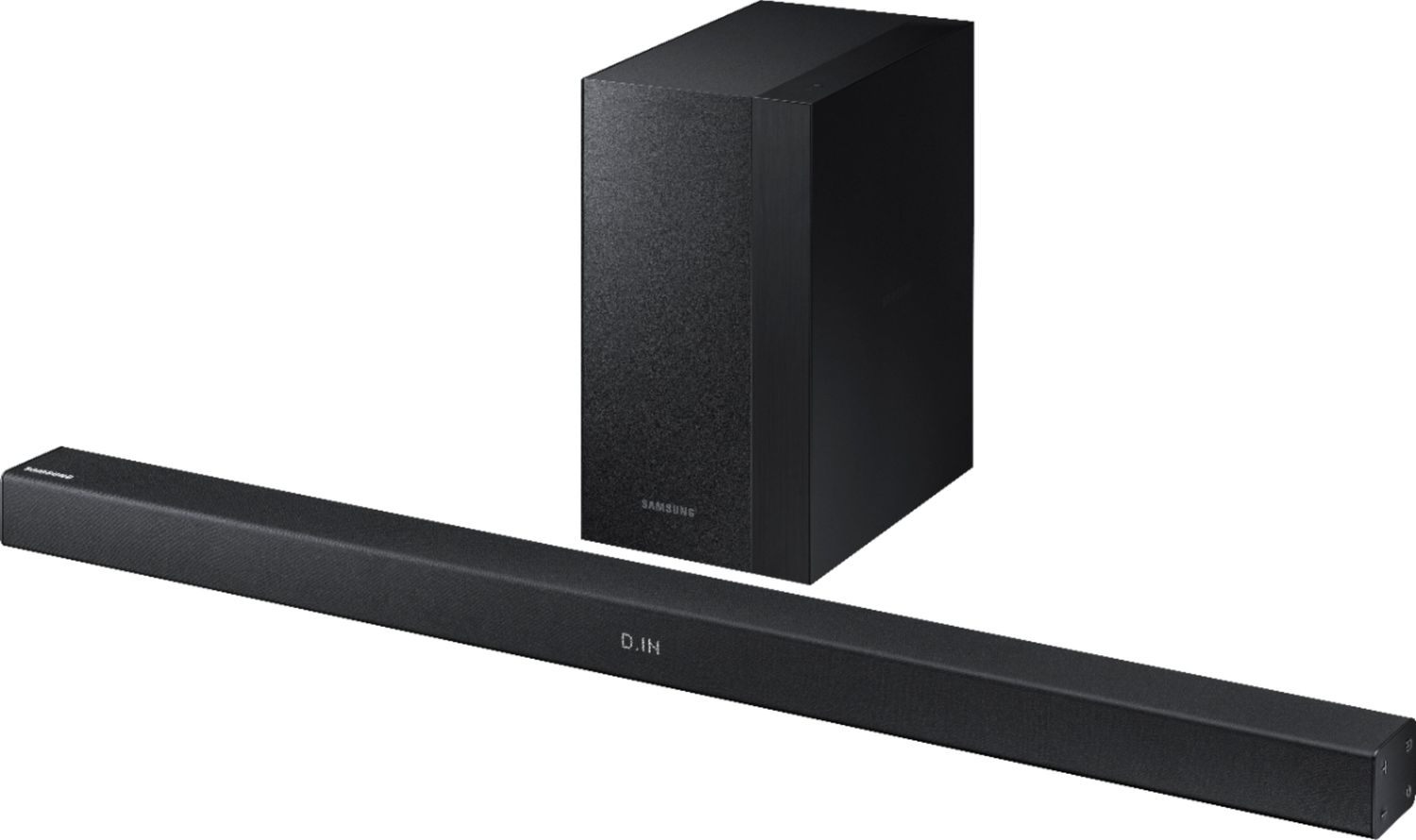Introduction
Introduction
Pairing a Samsung soundbar remote with your sound system is an essential step in optimizing your home theater experience. The remote serves as your control center, allowing you to adjust volume, change settings, and access various features with ease. Understanding the process of pairing the remote is crucial for seamless functionality and convenience.
When setting up your Samsung soundbar, the remote plays a pivotal role in ensuring that you can fully harness the capabilities of your audio system. Whether you are a tech enthusiast or a casual user, knowing how to pair the remote is a fundamental aspect of maximizing your soundbar's potential.
In the following sections, we will delve into the step-by-step process of checking the batteries in your Samsung soundbar remote, syncing the remote with your soundbar, and using the remote to control your audio system. Additionally, we will explore troubleshooting techniques to address any issues that may arise during the pairing process.
Understanding the nuances of pairing a Samsung soundbar remote will empower you to take full advantage of your home entertainment setup. Let's embark on this journey to unlock the full potential of your Samsung soundbar remote.
Checking the Batteries
Before initiating the pairing process, it is crucial to ensure that the batteries in your Samsung soundbar remote are in optimal condition. This simple yet essential step can prevent potential issues and streamline the pairing process.
Begin by locating the battery compartment on the back of the remote. Depending on the model of your Samsung soundbar remote, the compartment may feature a sliding cover or a latch mechanism. Once the compartment is accessible, carefully remove the existing batteries and inspect them for any signs of corrosion or damage. If the batteries appear worn out or corroded, replace them with fresh ones to guarantee seamless functionality.
When selecting replacement batteries, prioritize high-quality alkaline batteries to maximize the performance and longevity of your remote. It is advisable to refer to the user manual for your specific Samsung soundbar model to identify the recommended battery type and ensure compatibility.
After inserting the new batteries, securely close the battery compartment to prevent any accidental dislodging during use. Once the batteries are in place, test the remote to verify that it is responsive and operational. Press various buttons to confirm that the commands are registering effectively and that the remote is transmitting signals to the soundbar.
By diligently checking and replacing the batteries in your Samsung soundbar remote, you can preemptively address potential connectivity issues and guarantee a smooth pairing process. This proactive approach sets the stage for a hassle-free experience as you proceed to sync the remote with your soundbar and harness its full functionality.
Syncing the Remote
Syncing your Samsung soundbar remote with your sound system is a pivotal step in optimizing the functionality of your home entertainment setup. This process ensures that the remote can seamlessly communicate with the soundbar, allowing you to effortlessly control various audio settings and features.
To initiate the syncing process, start by positioning the soundbar remote within close proximity to the soundbar itself. This proximity is essential to facilitate the transmission of pairing signals between the remote and the soundbar. Once the remote is in position, press and hold the designated pairing button on the remote. The location of this button may vary depending on the model of your Samsung soundbar remote, so refer to the user manual for specific instructions.
While holding down the pairing button, observe the LED indicator on the remote. This indicator serves as a visual cue, typically flashing or changing color to signify that the remote is in pairing mode. Simultaneously, locate the pairing button on the soundbar. Press and hold this button to activate the soundbar’s pairing mode, allowing it to detect and sync with the remote.
During this process, it is essential to remain patient, as the syncing procedure may take a few moments to complete. Once the remote and soundbar are successfully paired, the LED indicator on the remote should display a steady light, indicating that the connection has been established. At this stage, you can release the pairing buttons and proceed to test the remote’s functionality.
Test the synced remote by adjusting the volume, toggling audio settings, and navigating through the soundbar’s features. Verify that the remote responds promptly to your commands and that the soundbar reflects the adjustments you make. This comprehensive testing phase ensures that the syncing process has been successful and that the remote is fully operational.
By following these systematic steps, you can synchronize your Samsung soundbar remote with your sound system, setting the stage for a seamless and immersive audio experience. The synced remote serves as your gateway to effortlessly control and customize your soundbar, empowering you to tailor your audio environment to suit your preferences.
Using the Remote with Your Soundbar
Once your Samsung soundbar remote is successfully synced with your sound system, you gain access to a multitude of convenient features and controls that enhance your audio experience. Familiarizing yourself with the functionality of the remote enables you to effortlessly navigate through various settings and tailor the sound output to suit your preferences.
One of the primary functions of the remote is volume control. By utilizing the volume buttons, you can easily adjust the soundbar’s output to achieve the desired audio levels. Whether you’re immersing yourself in a cinematic experience or enjoying your favorite music, the remote provides seamless control over the soundbar’s volume, allowing you to create an optimal listening environment.
In addition to volume adjustments, the remote enables you to toggle between different audio modes and presets. Depending on your soundbar model, you may have access to preset sound modes such as “Movie,” “Music,” or “Gaming,” each tailored to deliver an immersive audio experience specific to the content you are enjoying. The remote empowers you to effortlessly switch between these modes, optimizing the sound output based on your preferences and the nature of the audio content.
Furthermore, the remote often features dedicated buttons for specific functions, such as adjusting bass and treble levels, activating surround sound modes, and accessing audio settings. These intuitive controls provide a convenient way to fine-tune the soundbar’s performance, allowing you to customize the audio output to align with your individual preferences and the characteristics of the audio source.
Moreover, many Samsung soundbar remotes incorporate additional features, such as Bluetooth connectivity and voice control capabilities. These advanced functionalities expand the versatility of the remote, enabling seamless integration with external devices and offering hands-free control options for added convenience.
By leveraging the capabilities of your Samsung soundbar remote, you can effortlessly tailor your audio experience to align with your preferences, creating an immersive and personalized sound environment. The intuitive controls and convenient features accessible via the remote empower you to optimize your soundbar’s performance, ensuring a captivating audio experience across various forms of entertainment.
Troubleshooting Issues with the Remote
While pairing and using your Samsung soundbar remote, you may encounter occasional challenges that hinder its seamless functionality. Understanding common troubleshooting techniques equips you with the knowledge to address these issues effectively, ensuring that your remote operates optimally and enhances your audio experience.
If you experience unresponsiveness or intermittent functionality with the remote, start by checking the battery compartment. Ensure that the batteries are correctly inserted and have sufficient charge. Inadequate battery power can lead to erratic behavior and hinder the remote’s ability to communicate with the soundbar. If necessary, replace the batteries with fresh ones to restore the remote’s functionality.
Another potential issue to consider is interference from other electronic devices. Nearby electronic appliances or devices emitting strong signals can disrupt the communication between the remote and the soundbar. To mitigate this, position the soundbar and remote away from sources of interference, such as Wi-Fi routers, cordless phones, or other infrared devices. Creating a clear line of sight between the remote and the soundbar minimizes the impact of potential interference, optimizing the remote’s performance.
In some cases, the remote may require re-syncing with the soundbar to resolve connectivity issues. Follow the initial pairing process outlined in the syncing section to establish a fresh connection between the remote and the soundbar. This re-syncing procedure can rectify communication disruptions and restore the remote’s functionality.
If the remote continues to exhibit irregular behavior, consider performing a reset. Refer to the user manual for your specific Samsung soundbar model to identify the reset process for the remote. Resetting the remote can clear any internal glitches or configuration errors, potentially resolving persistent issues and restoring seamless functionality.
Additionally, ensure that the remote’s infrared transmitter and the soundbar’s receiver are free from obstructions and dust. Clear any obstacles or debris that may impede the transmission of signals between the remote and the soundbar, optimizing the communication and responsiveness of the remote.
By implementing these troubleshooting strategies, you can effectively address common issues that may arise with your Samsung soundbar remote. Proactive troubleshooting not only resolves existing challenges but also equips you with the knowledge to maintain the optimal functionality of your remote, ensuring a consistent and enjoyable audio control experience.









